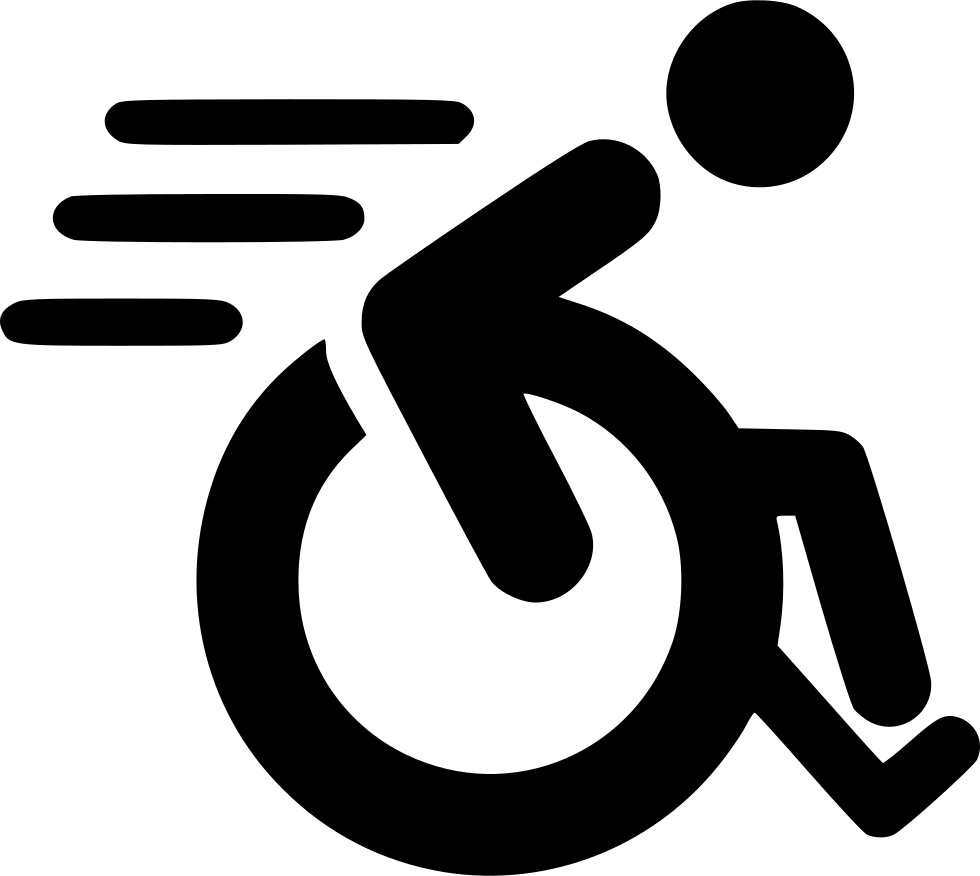Educational Articles
-
You’ve probably heard lots of funny cat anecdotes; about how you don’t own them…they own YOU; how they feel superior to everyone, especially dogs; that they expect to be treated like royalty. If you are considering a feline acquisition, first consider this: lots of those remarks are true! This handout explains the other factors to consider in selecting the cat most likely to choose your family, too.
-
Cat food has been made so palatable that it can easily create gluttonous behavior. Meal feeding and portion control are important to prevent obesity. Owners should not give in to begging behavior. Cats that are still hungry after their meal can be supplemented with snacks such as green vegetables recommended by your veterinarian. Cats that eat too quickly can be fed creatively to slow down eating.
-
Feeding raw food to cats is potentially dangerous - not only to the cat eating the raw food, but also to other pets and humans in the environment, due to the high likelihood of bacterial contamination. Raw food may also not be complete and balanced and could lead to nutrient deficiencies or toxicities. Consuming raw food with bones can lead to life-threatening foreign body obstruction.
-
Interactive feeders that require a pet to think and work for their food call upon pets’ natural instincts to hunt or forage. Besides being fun, these food puzzles may help both physical and behavioral problems in cats and dogs. When used correctly, interactive feeders may benefit pets that eat too quickly, become bored when alone, or suffer from separation anxiety.
-
Each cat is an individual and one standard feeding plan may not work for every pet, but following a set schedule can be beneficial for several reasons. For most cats, two meals per day is best. The use of food toys or interactive feeders can add interest to your cat’s mealtime. Routines help your cat adjust to changes that may occur in your home and allow you to monitor her health.
-
This handout discusses how to find reliable information for your pet on the internet. Recommendations are to always seek out trusted sources, such as your own veterinary clinic, veterinary schools, and those sites with content written by veterinarians. Try to avoid sites offering homemade cures, are heavily weighted with opinions, or offer prescription medications without requiring a veterinarian’s prescription.
-
Broken nails are acute, painful injuries that require first aid, and in some cases, a veterinary visit. Bleeding should initially be controlled with pressure from gauze or a towel, followed by cauterizing powder if needed. Any remaining damaged part needs to be removed, which usually requires veterinary care. Broken nails are best prevented by keeping all nails short through regular trimmings.
-
While most of the time cats will land on their feet, they can still sustain serious injuries after a fall, including sprains, broken bones, head trauma, and chest or abdominal injuries. If you see your cat fall, monitor her for at least 3-5 days for anything abnormal that may develop. Serious injuries need to be evaluated immediately by your veterinarian, but there are steps you can take at home to prepare your pet to be transported to your veterinary hospital.
-
Insect stings or bites can cause mild signs of swelling, pain, and itching or can be more severe, causing hives, anaphylactic reactions, difficulty breathing, vomiting, diarrhea, or seizures. In more severe cases, emergency veterinary attention is required to stabilize the cat, screen for organ dysfunction, and provide supportive care.
-
Lameness occurs due to the injury or debilitation of one or more parts of the leg; bones, muscles, nerves, tendons, ligaments, or skin. Depending on the cause of the limp, immediate veterinary care may be needed. If your dog is in severe pain, carefully transport your dog to your veterinary hospital or emergency hospital immediately. For non-emergency limps, you may be able to determine the cause of the limp and provide home care. If the lameness persists for more than 24 hours, seek veterinary care. Medication or surgery may be necessary to help your cat heal and reduce pain.


